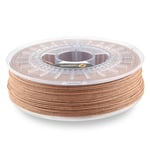I'm Feeding My Printer Grass?
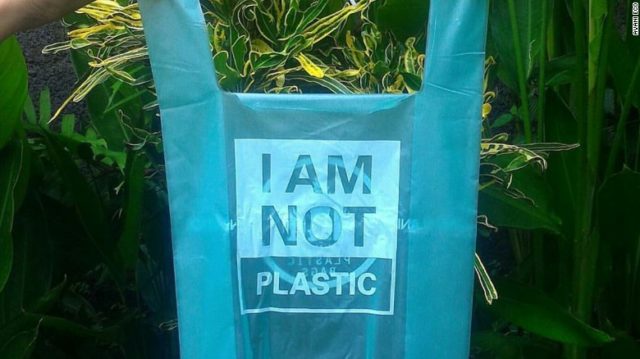
Bio filaments are made from bioplastics, which are basically any plastics derived from renewable biomass sources, such as vegetable oil and fats. These plastics can be made not only from agricultural by-products but also from traditional plastic broken down by microorganisms.
That may sound pretty niche, but most of you have probably used a bio filament before: PLA. This common 3D printing filament actually has its roots in corn starch. It’s plant-based background is what makes it odorless and less toxic compared to other common filaments, like ABS or polycarbonate.
Just don’t compare these bio filaments to your floppy, leafy desktop planter. They’re both tough and diverse, as we’ll see next.
PLA: The Most Common Bio Filament
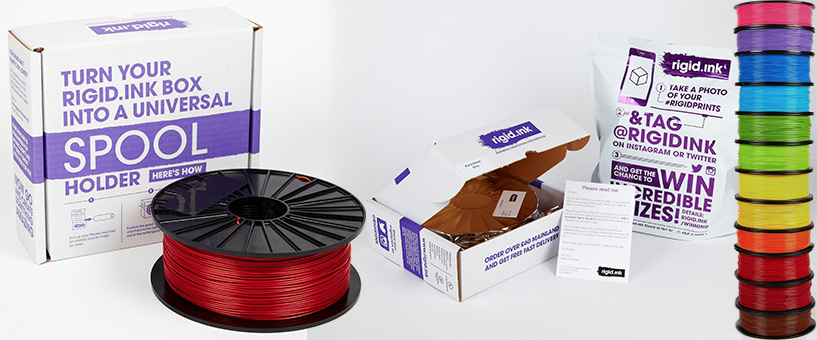
Sure, coffee filament turns some heads, but let’s face it: PLA is the simplest 3D printing filament. Companies everywhere are making the stuff, but one that stands out in particular is British manufacturer rigid.ink. As the top rated filament supplier on Amazon with one of the toughest PLA filaments, you can’t really go wrong with rigid.ink.
Their attention to detail is apparent even in the colors they offer. How many different color choices would you like? 10? rigid.ink offers 25 distinct color options for their PLA. With some of the lowest prices on the market, you can’t go wrong with this PLA.
Biome3D
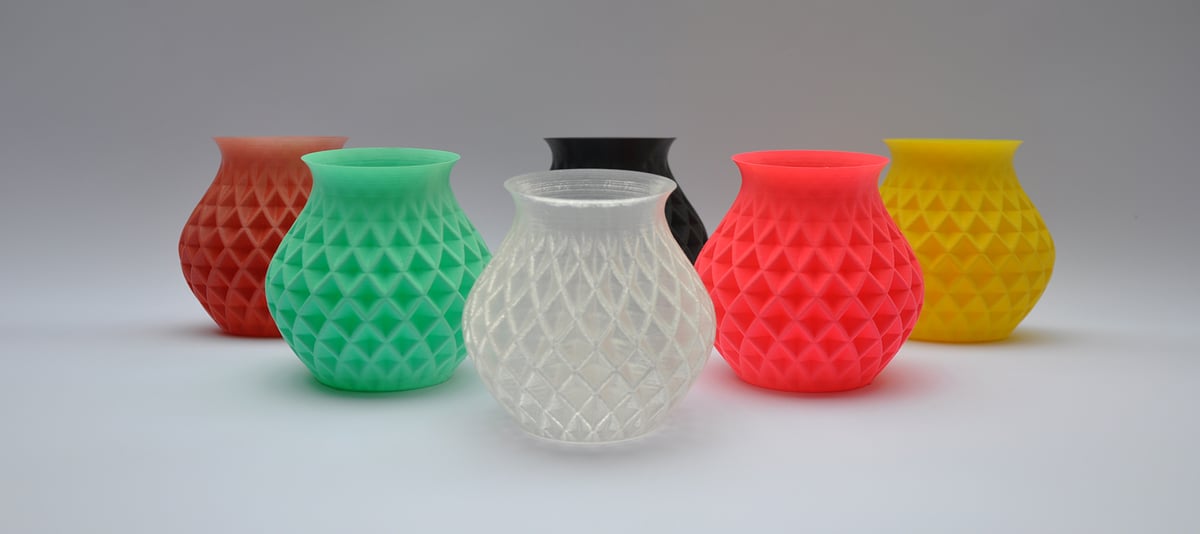
Known for its silky polish and ease of use, Biome3D, from 3D-Fuel, is a whole series of sustainable printer-food. For $50 a kilogram, you get a material similar to PLA in mechanical properties with the added bonus of being less brittle. That means this filament will also have no odor, minimal shrinkage and warping, and generous temperature tolerances.
This particular filament manufacturer doesn’t state what exact plants are used, but they do boast tight manufacturing quality control. The filament is quite popular in online communities, too, so we can safely say that this is an affordable, safe bet.
3D-Fuel's Exotic Bio Filaments
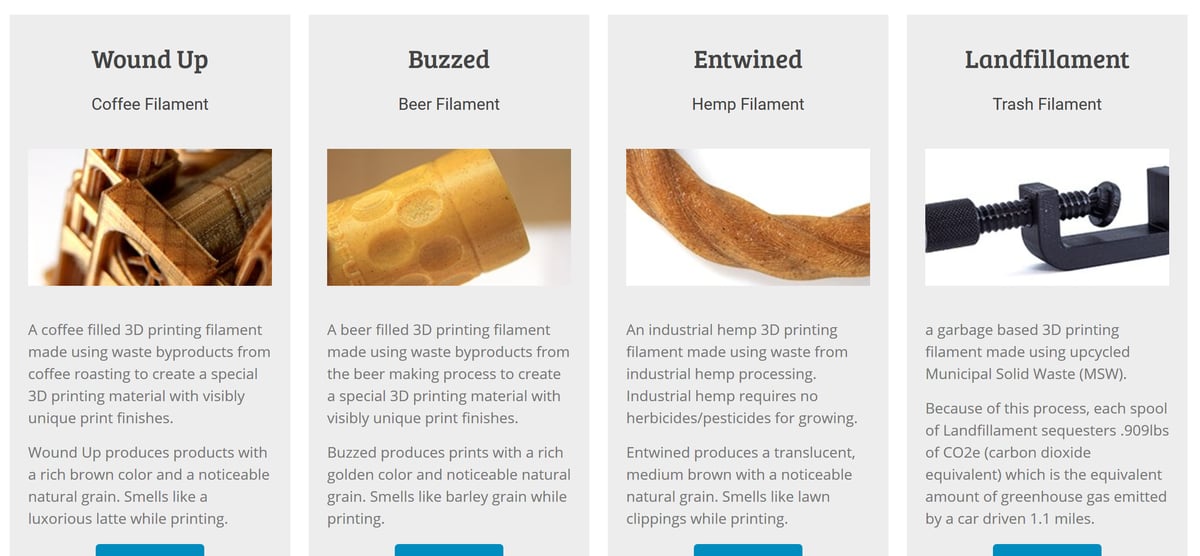
Did you ever think you could 3D print with coffee? What about hemp, the stuff they use to make sacks? What about beer? Well, 3D-Fuel has made filament out of all of them.
Wound Up contains the waste products of coffee roasting. It also smells like coffee when you’re printing, which is, honestly, the only thing you need in your 3D printing filaments. (That’s a joke, but the coffee shop vibes cannot be overstated.) 500 grams of this stuff costs roughly $40 ($80/kg) — about as much as a small latte from Starbucks — so your caffeine vapors come at a reasonable price.
Entwined is their hemp filament, made using industrial hemp plants. With a natural brown color and the ability to anneal your prints for better heat resistance, hemp filament is quite an attractive green option. It’s also quite stable, like PLA, requiring little tinkering to produce smooth prints. At $45 per 500 grams ($90/kg), though, it shouldn’t be your go-to for those calibration Benchy’s.
Buzzed is made from by-products of the beer-making process. The staple of this filament is its golden finish and natural grain. It’s not too challenging to print with either. For $40 ($80/kg), you get to encourage the creation of more beer. For that reason alone, if you can only afford one filament on this list, stop reading and order this one.
BioFila's Bio Filaments
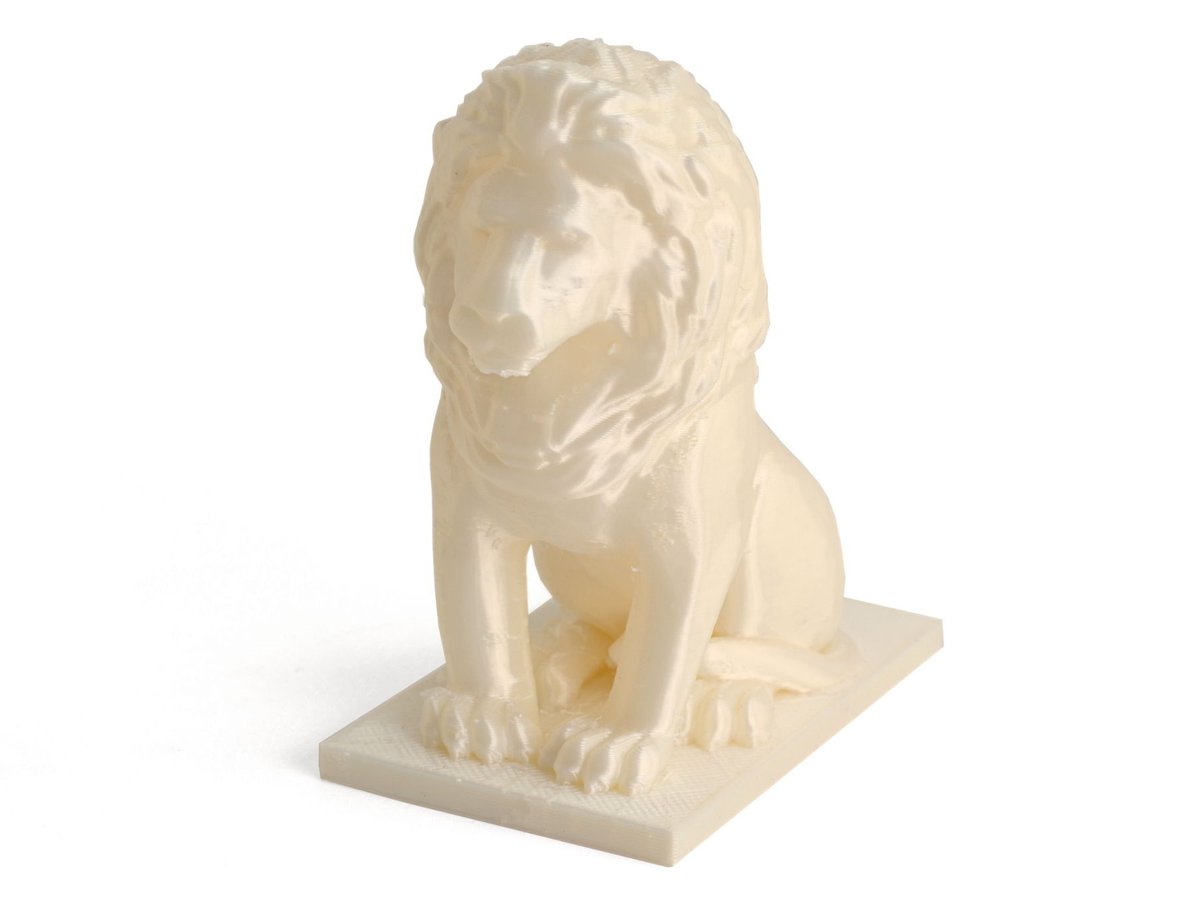
This filament was born out of research into environmentally-friendly bioplastics, so it’s the real deal. The packaging and filament are entirely biodegradable, which is nice to see in a sea of plastic-bag-loving filament makers. Some sources claim that this filament is so environmentally harmonious that it’s being used to replant part of the Amazon Rainforest, but don’t quote us on that.
What we do know for sure is BioFila produces four variants of bio filament, and some have remarkable properties. For instance, the “POWR” variant is foodsafe, dishwasher safe, heat resistant up to 140°C, and, most importantly, it prints easily and without odor.
The catch: At about $75 for a 750-g spool ($100/kg), this green innovation isn’t the cheapest. You’ll have a hard time finding an equivalent with such an impressive combination of properties, though.
Timberfill
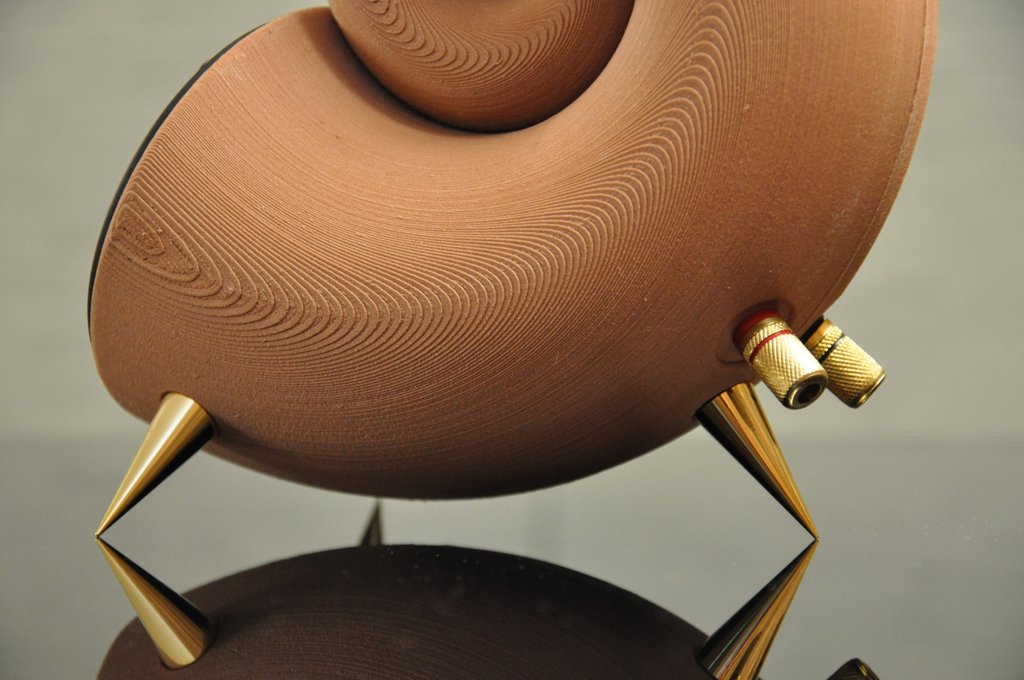
Sourced from the forests of Central Europe, Timberfill, from Fillamentum, is biodegradable and easy to work with. It looks like wood, even sometimes mimicking the rough edges of a freshly cut piece of timber since it’s made from recycled spruce trees. It seems to be the most environmentally-conscious of woodfill materials, which earns it a spot on this list.
Printing with this one will be easy, as it performs like PLA. You also have the freedom to sand your finished prints, which might be useful for prototyping ergonomic models. This property in particularly makes Timberfill a unique material, streamlining design workflows that traditionally require wood to be cut in complex, precise shapes.
Timberfill comes in four different “flavours” — cinnamon, light wood, rosewood, and champagne — all hovering around $55 per 750-g spool ($73/kg).
ColorFabb's Exotic Bio Filaments
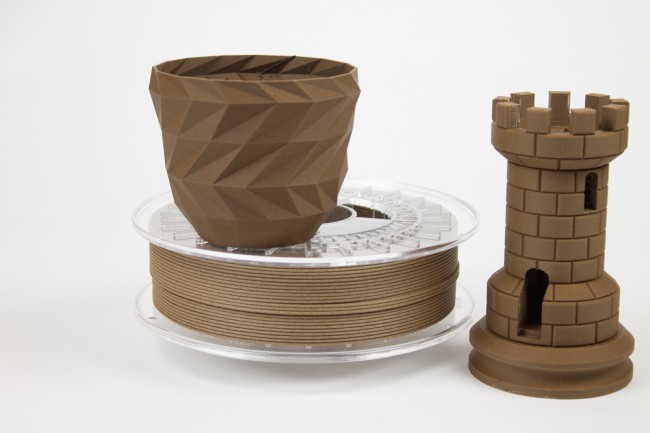
Last but not least, premium filament manufacturer ColorFabb, based in the Netherlands, has two bio filaments to offer: WoodFill and CorkFill, both priced at $46 per 650-g spool ($71/kg).
WoodFill, made from 30% recycled wood fiber, is aesthetically similar to Timberfill, but slightly pricier. It looks fantastic, and the quality is extremely reliable.
Corkfill, the most unique offering compared to other options in this list, has a distinct dark brown color influenced by the different wood type.
What’s the difference between the two? Aesthetic finish. It all depends on how you want your model to look. Just bear in mind that these are challenging materials to print with, thus they’re not recommended for beginners. But if you’re looking for guaranteed quality materials to feed your 3D printer, ColorFabb has no equal.
License: The text of "The Best Bio Filaments for 3D Printing" by All3DP is licensed under a Creative Commons Attribution 4.0 International License.
CERTAIN CONTENT THAT APPEARS ON THIS SITE COMES FROM AMAZON. THIS CONTENT IS PROVIDED ‘AS IS’ AND IS SUBJECT TO CHANGE OR REMOVAL AT ANY TIME.



